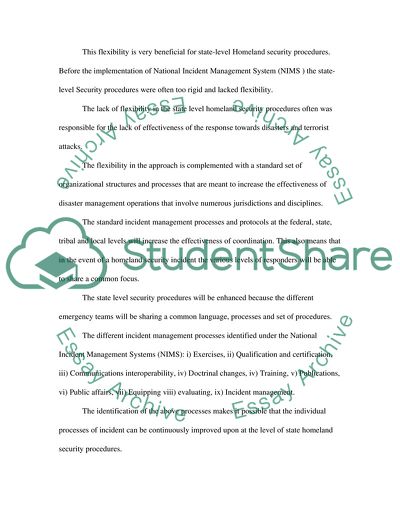Cite this document
(Preparedness Homeland Security Assignment Example | Topics and Well Written Essays - 2000 words, n.d.)
Preparedness Homeland Security Assignment Example | Topics and Well Written Essays - 2000 words. Retrieved from https://studentshare.org/military/1748947-preparedness-homeland-security
Preparedness Homeland Security Assignment Example | Topics and Well Written Essays - 2000 words. Retrieved from https://studentshare.org/military/1748947-preparedness-homeland-security
(Preparedness Homeland Security Assignment Example | Topics and Well Written Essays - 2000 Words)
Preparedness Homeland Security Assignment Example | Topics and Well Written Essays - 2000 Words. https://studentshare.org/military/1748947-preparedness-homeland-security.
Preparedness Homeland Security Assignment Example | Topics and Well Written Essays - 2000 Words. https://studentshare.org/military/1748947-preparedness-homeland-security.
“Preparedness Homeland Security Assignment Example | Topics and Well Written Essays - 2000 Words”. https://studentshare.org/military/1748947-preparedness-homeland-security.


